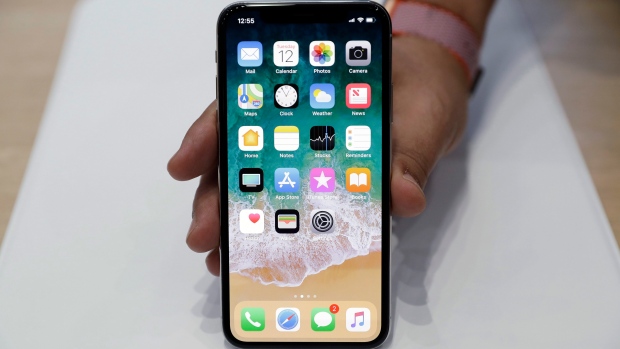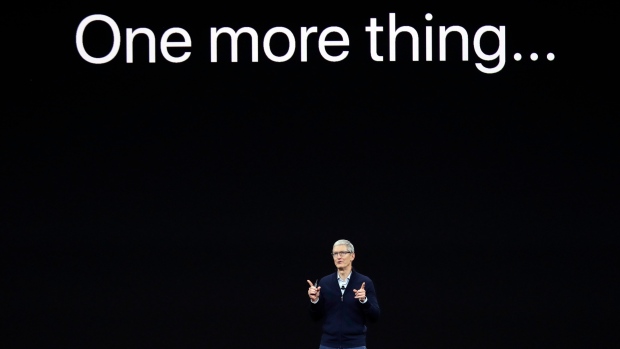Oct 27, 2017
Apple tests Canadian pricing power as iPhone X pre-orders begin
By Paul Bagnell

When top executives at Rogers Communications spoke to analysts on Oct. 19, a single word was picked up by news agencies and instantly transmitted to investors around the world: “anemic.”
That’s the word Rogers (RCIb.TO) CEO Joe Natale used to describe demand from Rogers customers for the new iPhone 8.
Natale explained disappointing demand for Apple’s (AAPL.O) new iPhone 8 by pointing to the iPhone X, it’s more feature-rich – and much more expensive – cousin.
“There is a lot of anticipation around the iPhone X and what is has to offer,” Natale said.
We’ll see about that. And we’ll see about it soon.
As of Friday, the iPhone X is available for pre-order at all three of Canada’s incumbent wireless carriers. And it’s not cheap.
BCE (BCE.TO), the owner of Bell (and BNN through its Bell Media division), will report quarterly earnings on Nov. 2, with rival Telus scheduled to report a week later. Analysts will be keen to hear how strong customer demand has been for the new iPhones. In the past, the launch of new iPhones has been a big win for telcos who sell the product to consumers.

But how eager are Canadians to pay $1,349.99 for a phone?
That’s how much the 65-Gigabyte iPhone X will cost you at Bell, if you opt for a no-term contract. Opting for a two-year contract means only that you spread that cost around – at least $599.99 up front with the remainder spread over the two-year life of the contract.
And, if you want the iPhone X with 256-Gigabyte storage capacity, it will cost you a sobering $1,569.99 without a control.
Contrast that with nothing up front for an iPhone 6 on a two-year Bell contract (or $484.99 no-term). The iPhone 7 is $49.99 up front (or $756.99 no-term).
The no-term prices are instructive, because they give consumers a pretty clear idea of how much they are really paying for a phone.
On a two-year contract, some of it is paid up front and the rest amortized over the 24 monthly bills of the contract.
Those up-front payments used to be lower, until the Canadian Radio-television and Telecommunications Commission ordered that the cost of a phone be amortized over no more than 24 months. Canadians had told the CRTC they didn’t like three-year contracts, and the regulator responded with an edict it described as consumer-friendly, but that has in fact significantly boosted up-front payments and monthly costs.
- iPhone X's 'animoji' feature sparks trademark lawsuit against Apple
- 'At an inflection point': Apple sees its mobile devices as platform for AI in future
- Apple looks to Spielberg for Netflix competition plan
APPLE PICKING
The anemic demand observed by Natale may be less an eagerness for the iPhone X and more a reaction to smartphone prices that are becoming very, very steep.
By the time Telus reports in a few weeks, we should have a pretty clear view of the willingness of Canadians to pay those prices for an iPhone X.
We’ll also likely know whether the Canadian Big Three have been able to get all the iPhone Xs they want. Just as there are questions swirling around the question of demand, there also doubts about Apple’s ability to meet its supply targets.
Earlier this week, Japan’s Nikkei reported Apple’s output of the phones will hit only half the planned amount for this year. The company denied a report that said it had dumbed-down the facial recognition unlock function in order to speed up production.
If Apple is turning out significantly fewer iPhone Xs than planned, Canada’s wireless providers are bound to feel it. But the question is: will customers care?






